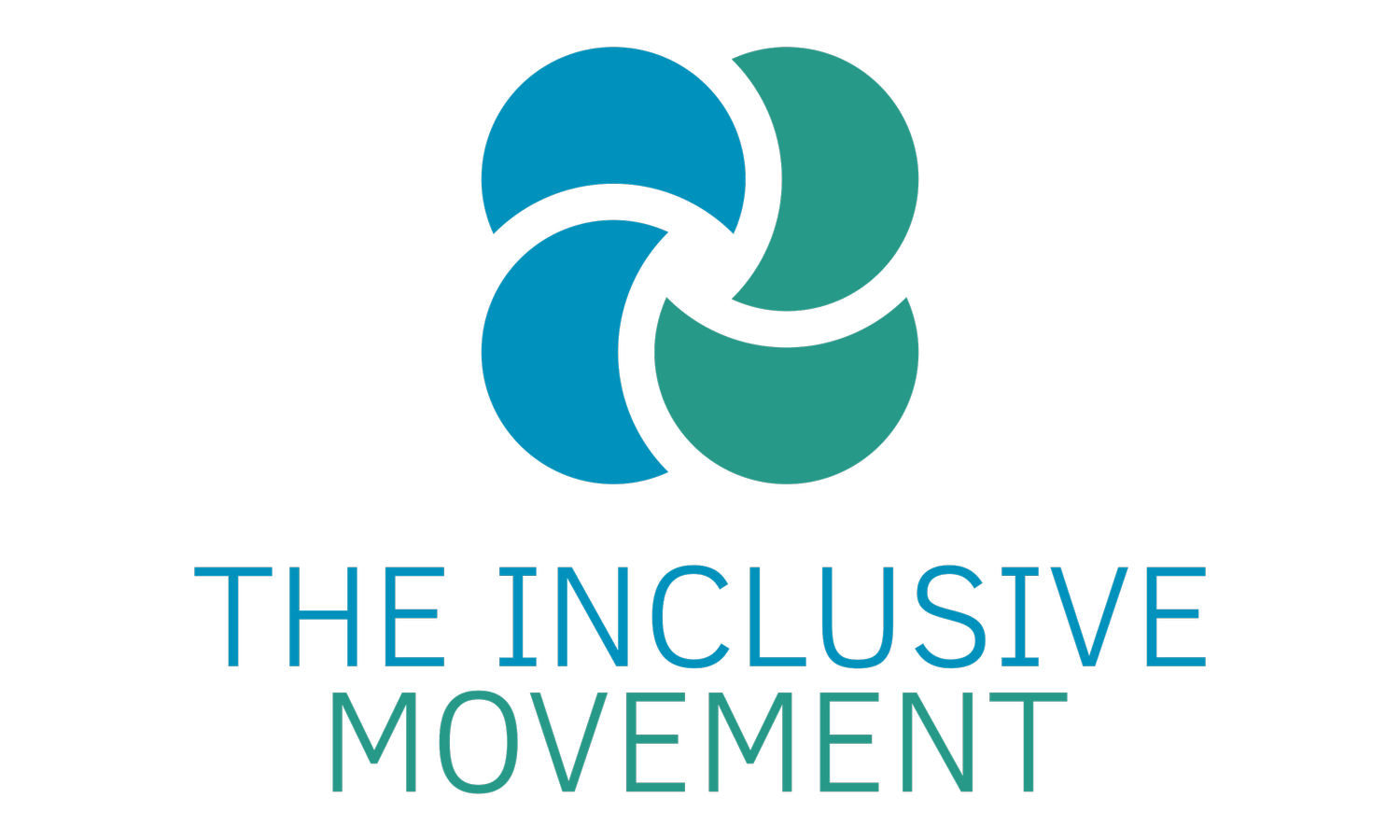What Does Truly Inclusive Education Look Like?
At The Inclusive Movement, we believe that inclusion isn’t just a policy — it’s a promise. Every learner has the right to feel that they truly belong, and that they are recognised, supported and valued for exactly who they are.
But for many families, inclusion is still misunderstood, inconsistently delivered, or even treated as optional. So, what does real inclusive education actually look like in practice? And how did we get here?
The Right to Inclusive Education: A Brief History
Australia’s journey towards inclusive education has been shaped by families, advocates and human rights movements over decades.
Not so long ago, many children with disabilities were educated in segregated settings — special schools or units, or worse, entirely excluded from schooling altogether. Segregation was seen as ‘safer’ or ‘more appropriate’, based on outdated ideas that difference should be managed, not embraced.
The shift to inclusion gained traction in the 1990s with the Disability Discrimination Act 1992 (DDA), which made it unlawful to discriminate on the basis of disability in education and other areas of life. In 2005, the Disability Standards for Education clarified how education providers must make ‘reasonable adjustments’ to support students with disabilities to learn on the same basis as their peers.
Internationally, Australia is bound by the UN Convention on the Rights of Persons with Disabilities (UNCRPD). Article 24 recognises the right to inclusive education in a system that is accessible to all, with appropriate supports to enable meaningful participation. You can read Article 24 here.
For a clear, lived-experience driven vision, the Australian Coalition for Inclusive Education (ACIE) has developed a practical roadmap: Driving Change: A Roadmap for Achieving Inclusive Education in Australia. It lays out concrete steps to transform schools and systems, informed by families, students, and experts.
Inclusion is More Than Just Physical Presence
Placing a student with disability in a mainstream classroom doesn’t equal inclusion. Real inclusion means every learner:
✔️ Belongs – they feel welcomed, respected and seen for who they are.
✔️ Participates – they are supported to actively engage, not just watch from the edges.
✔️ Grows – their strengths, communication, culture, and learning style are valued.
Example:
A student who uses an AAC device (communication aid) is not included just because they sit in the same classroom. True inclusion means the whole class and teacher know how to communicate with them, the learning tasks are adapted to their communication style, and they have the same opportunities to participate in discussions, group projects and classroom routines.
What Does Inclusive Education Look Like in Practice?
Truly Inclusive schools have certain hallmarks that go beyond compliance:
Universal Design for Learning (UDL)
Teachers plan lessons with the whole range of learners in mind, not just the ‘average’ student. For example:
Providing options: using visual supports, captioned videos, podcasts, and hands-on tasks so students can engage in different ways.
Offering flexible ways to show learning: a student might present a project using slides, a video, or an oral explanation — whatever works best for them.
📌 Tip: The Centre for Inclusive Design has fantastic resources on UDL.
2. Reasonable Adjustments
Reasonable adjustments are everyday tools that break down barriers. They can be simple but powerful, like:
A student who struggles with sensory overload might use noise-cancelling headphones and have access to a chill-out corner.
Flexible seating: beanbags, standing desks, or wobble cushions.
Modified timetables: part-time attendance or extra breaks to manage fatigue.
These adjustments should not be hidden or seen as special treatment — they’re an entitlement under the DDA and Disability Standards.
3. Safe, Supportive & Neuroaffirming Environments
Behaviour is not managed with a ‘one size fits all’ approach. Instead:
Schools look for the hidden message behind behaviours, recognising sensory or communication needs.
Behaviour policies are trauma-informed and proactive, not punitive.
Calming spaces, sensory rooms or movement breaks are part of the environment.
Example: A student with ADHD might need to pace during lessons or use fidgets. In an inclusive school, this is accepted and supported because self-regulation helps them learn.
4. Collaboration & Student Voice
Inclusive education is never done alone. It’s built through strong partnerships with families, allied health professionals, support workers — and most importantly, the student themselves.
Schools co-design adjustments and strategies with the student and their family.
Communication is open and respectful.
Student preferences are heard: “How do you learn best? What helps you feel calm and focused?”
Inclusion Extends Beyond Academics
Inclusive education isn’t just about test scores — it shapes a child’s whole life:
💚 Home: Families feel welcomed as partners, not problems to be solved.
💚 Health & Wellbeing: Students who belong at school have better mental health, stronger social connections, and lower stress.
💚 Community: Inclusive schools prepare all children to live, work, and thrive in diverse communities. Students without disability learn empathy, flexibility and creative thinking.
Research consistently shows that when schools invest in inclusion, everyone benefits. Classrooms become more adaptable, innovative and human-centred.
Where to Next?
Building inclusive schools takes commitment at every level: from classroom teachers to principals, policymakers, families and community partners.
The Australian Coalition for Inclusive Education’s Driving Change Roadmap is a fantastic practical guide for schools and communities that want to embed real, lasting change.
Over the next 10 weeks, we’ll unpack practical strategies and tools to make inclusion a reality:
✅ Universal Design for Learning
✅ Reasonable Adjustments
✅ Positive Behaviour and Neuroaffirming Practice
✅ Family partnerships
✅ Communication supports
…and so much more.
Together, we can move beyond token “inclusion” and create communities where every learner belongs.
Get Involved
✨ Download our free factsheet: Key Principles of Inclusive Education
✨ Follow us on socials for bite-size tips and real examples.
✨ Want to do more? Keep an eye out for our Inclusive Education Course Bundle — the practical onboarding solution for schools ready to commit to inclusion.
